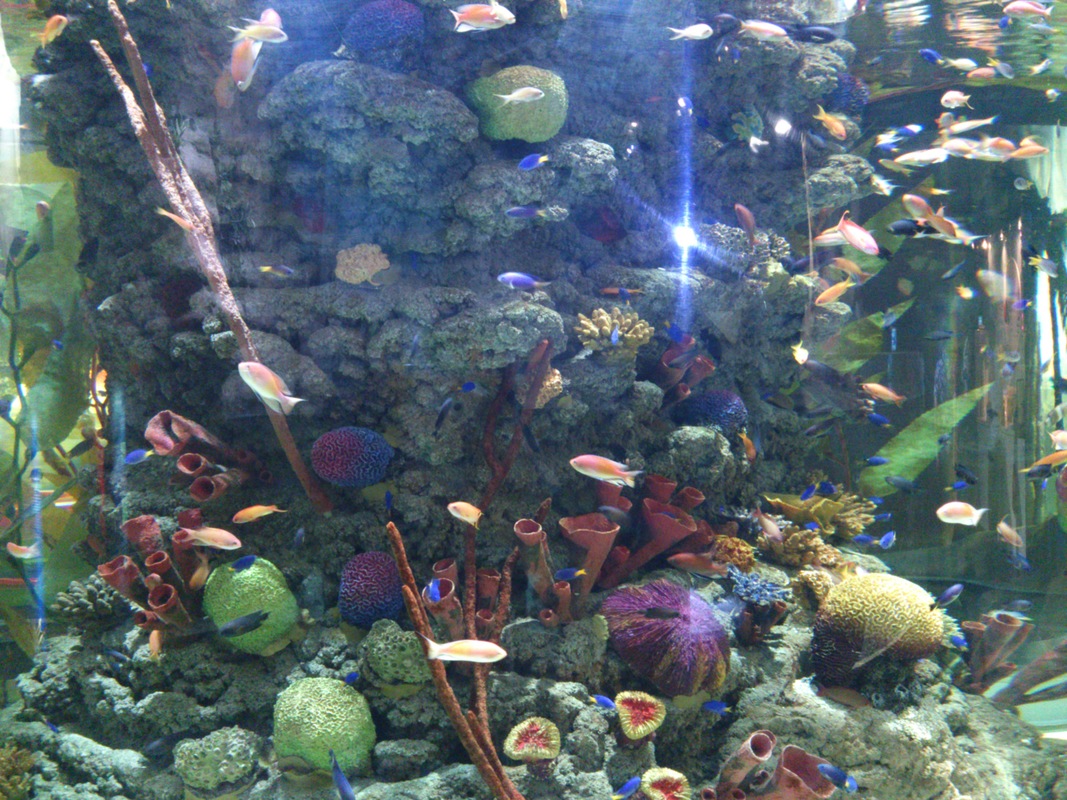CONCEPTS OF ECOLOGY
 Biosphere/ecosphere is the part of the earth and atmosphere inhabited by living organisms.
Biosphere/ecosphere is the part of the earth and atmosphere inhabited by living organisms.
The habitat is a specific locality with a particular set of conditions where organisms live. Habitats are categorized into Terrestrial (Land) and aquatic(Water).
An ecological niche is the position that animal occupies in a habitat. It includes physical space where the organism is found and its role in that habitat in terms of feeding relationships and other interactions with other species.
Population refers to all members of a given species in a particular habitat, at a particular time.
Community refers to all organisms belonging to different species that interact in the same habitat. A community therefore is made up of populations.
An ecosystem is a natural unit composed of abiotic and biotic factors whose interactions leads to self-sustaining system e.g a small bond or a large ecosystem such as tropical forest.
Biomass is the total dry weight of living organisms at a particular tropic level or per unit area e.g total weight of maize crop per hectare.
Carrying Capacity is the maximum number of organisms an area can comfortably support without depletion of the available resources.